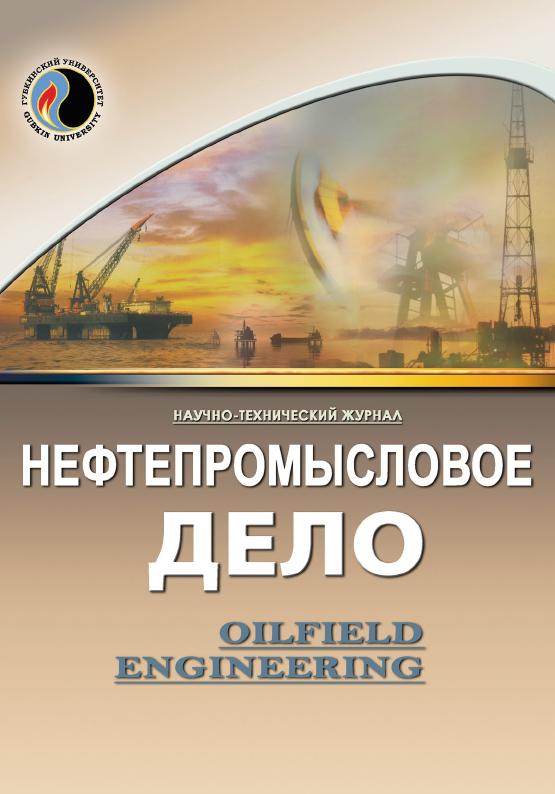Development and implementation of a method for intensifying gas production using surfactants in gas and gas condensate fields of Rosneft Oil Company PJSC
UDC: 622.279.6
DOI: 10.33285/0207-2351-2023-3(651)-43-48
Authors:
BELYANSKY VITALY.E.1,
RYKOV IGOR I.1,
PYATKOV EVGENY S. 2
2
1 OC "Rosneft" - NTC", Krasnodar, Russia
2 OC "Rosneft", Moscow, Russia
Keywords: gas production stimulation, surface-active substances (surfactants), bottomhole zone
Annotation:
Most of the large gas and gas condensate fields are being operated at the final stage of development in the face of declining gas production. At the same time, the average depletion of the initial recoverable reserves is from 60 to 90 %. In this regard, the issue of solving the problem of increasing the efficiency of operation of gas and gas condensate fields as well as increasing the reliability of low flow-rate gas and gas condensate wells in conditions of watering, is relevant. One of the ways to improve the efficiency of gas fields’ operation is gas production intensification. Significant and quick increase of the gas recovery factor is possible in case of chemization of technological processes of gas and condensate production. The leading role here can be played by the method of production intensification, using surfactants.
For this purpose, formulations of surfactants have been developed in the laboratory of reservoir fluids complex studies to be used in conditions of fields with declining production. Reagents formulations for formation fluid foaming are patented. The method for determining the volume of reservoir fluid located at the bottom of the well has been adapted.
The test program provides for the use of various surfactant formulations for intensifying gas production at the Anastasievsko-Troitskoye gas condensate field of Rosneft Oil Company with the choice of the most effective reagent that showed the highest foaming ratio and the stability of the resulting foam.
The methods have been worked out to minimize the negative impact from the use of surfactants and the destruction of the foam formed during the use of reagents. As the most effective method of foam suppression, a chemical method is proposed, based on the introduction of special chemical reagents into foam systems – globular hydrophobic foam suppressors, the least susceptible to various negative factors.
Bibliography:
1. Velichkin A.V. Sposoby povysheniya nadezhnosti raboty nizkodebitnykh skvazhin v usloviyakh ikh obvodneniya // Nauka i tekhnika v gazovoy promyshlennosti. – 2013. – № 1. – S. 40–41.
2. Abramzon A.A. Poverkhnostno-aktivnye veshchestva. Svoystva i primenenie. – 2-e izd. – L.: Khimiya, 1981. – 304 s.
3. Dikamov D.V. Tekhnika i tekhnologii dlya ekspluatatsii mestorozhdeniy na zaklyuchitel’noy stadii razrabotki // Gazovaya prom-st’. – 2014. – № 9. – S. 82–84.
4. Lange K.R. Poverkhnostno-aktivnye veshchestva. Sintez, svoystva, analiz, primenenie. – SPb.: Professiya, 2007. – 240 s.
5. Glushchenko V.N., Silin M.A. Neftepromyslovaya khimiya. V 5 t. T. 2. Ob"emnye i poverkhnostno-aktivnye svoystva zhidkostey. – M.: Interkontakt Nauka, 2010. – 552 s.

